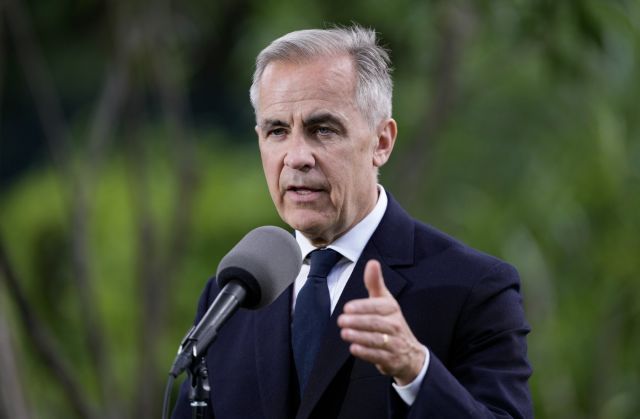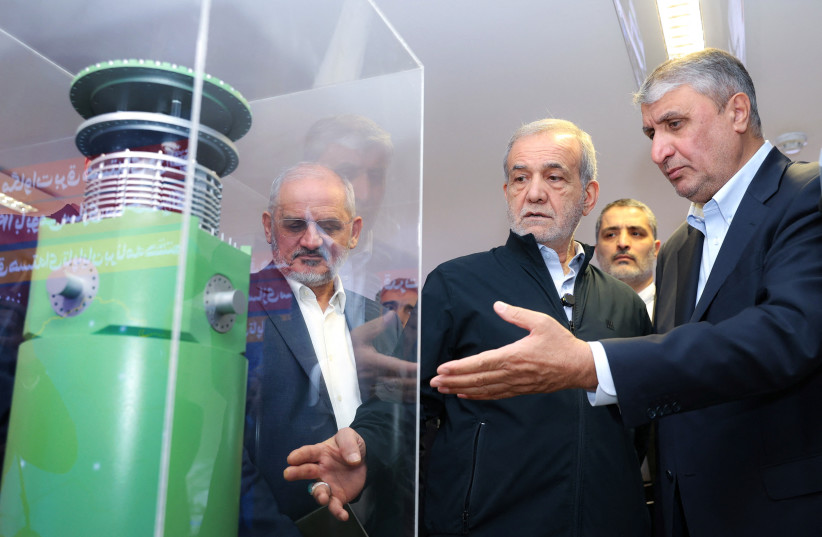Mark Carney, the former Bank of Canada and Bank of England governor now considered a leading contender for Liberal Party leadership, confirmed that Canada is in advanced discussions with the United States to participate in a joint missile defense initiative dubbed the “Golden Dome.” The potential partnership marks a strategic pivot in Canada’s defense policy, amid growing global instability and increased pressure from Washington to upgrade North American security systems.
Speaking at a national security forum in Ottawa on Tuesday, Carney stated that the missile defense talks are focused on integrating Canada into a broader North American shield designed to detect and neutralize aerial threats, including hypersonic missiles and drones. “Canada must be ready to defend itself and its allies in a rapidly changing threat environment,” he said.
The “Golden Dome” concept, inspired in name by Israel’s Iron Dome system, is being spearheaded by the U.S. Department of Defense in collaboration with key NATO allies. The system aims to provide multilayered protection through a combination of satellite tracking, radar, and interceptor missiles.
Carney emphasized that discussions are still preliminary but progressing, with both governments aligned on the need for a modernized continental defense framework. He framed the move as part of a broader rethinking of Canada’s defense posture, especially in light of recent geopolitical tensions involving Russia, China, and Iran.
“The threat landscape has evolved. We can no longer rely on Cold War-era assumptions. Missile defense must be part of Canada’s 21st-century national security toolkit,” Carney said.
The Canadian government has not officially confirmed its involvement in the Golden Dome project, but Defense Minister Bill Blair recently acknowledged that missile defense was “on the table” in bilateral discussions with U.S. defense officials. Canada currently participates in NORAD (North American Aerospace Defense Command) but has historically resisted joining U.S. missile defense programs, citing cost and concerns about militarization.
Carney’s remarks suggest a shift in political momentum, particularly as Canada faces pressure to increase its defense spending to meet NATO’s 2% GDP target. He argued that investment in missile defense could also drive innovation and strengthen Canada’s domestic aerospace industry.
The idea, however, has drawn criticism from some opposition figures and civil society groups. The New Democratic Party (NDP) warned that the plan could escalate global arms races and divert resources from domestic priorities like healthcare and housing. “Canada should not become entangled in U.S. missile defense ambitions that may not even be effective,” said NDP MP Don Davies.
Others raised concerns over transparency and the public’s limited understanding of what Golden Dome would entail. Critics are demanding parliamentary debate before any formal agreement is signed.
Still, defense analysts say Canada’s participation would be a major step in bolstering its security infrastructure. “The North is increasingly vulnerable to long-range threats,” said military analyst Andrew Leslie. “Integrating with a U.S.-led system makes strategic sense, especially given Canada’s vast, hard-to-defend airspace.”
As the world confronts a new era of high-tech warfare, including drone swarms and cyber-attacks on military infrastructure, the Golden Dome initiative represents an evolving model of shared continental defense. For Canada, the question now is how far it’s willing to go in aligning with the U.S. vision—and how quickly it can act amid escalating global threats.
Source: Burnaby Now



